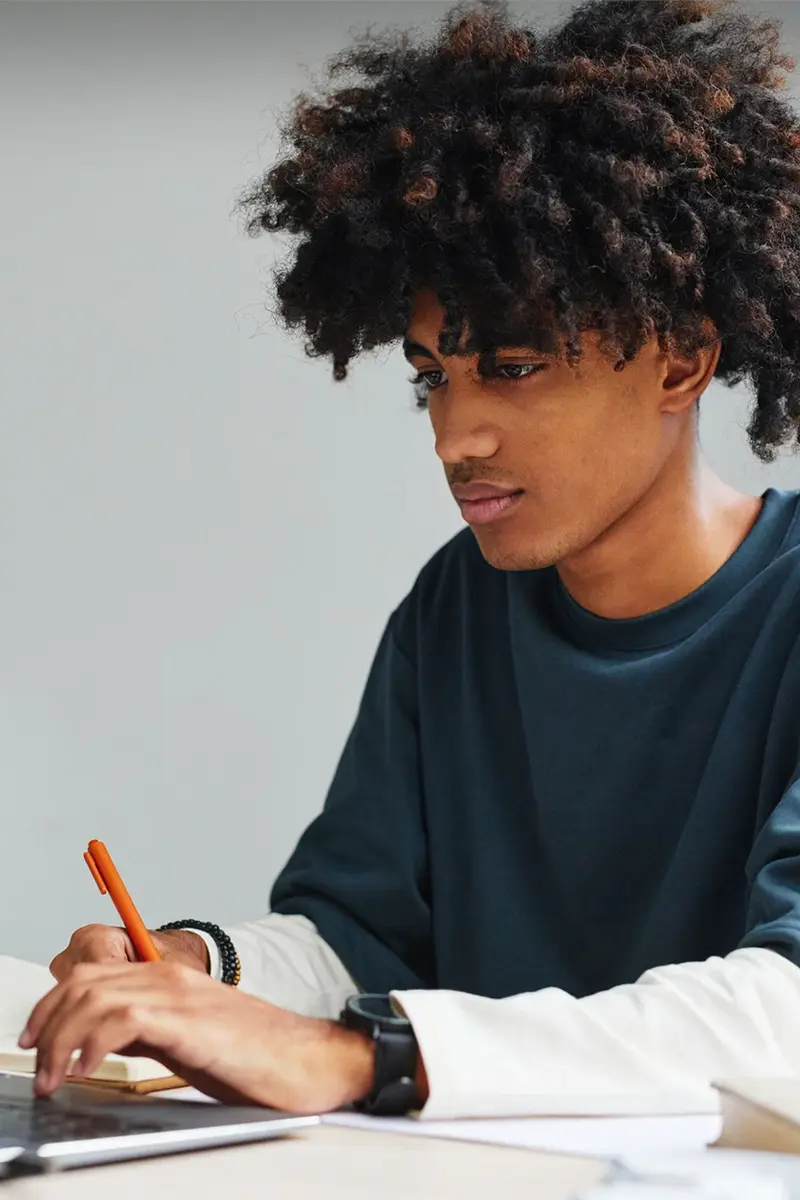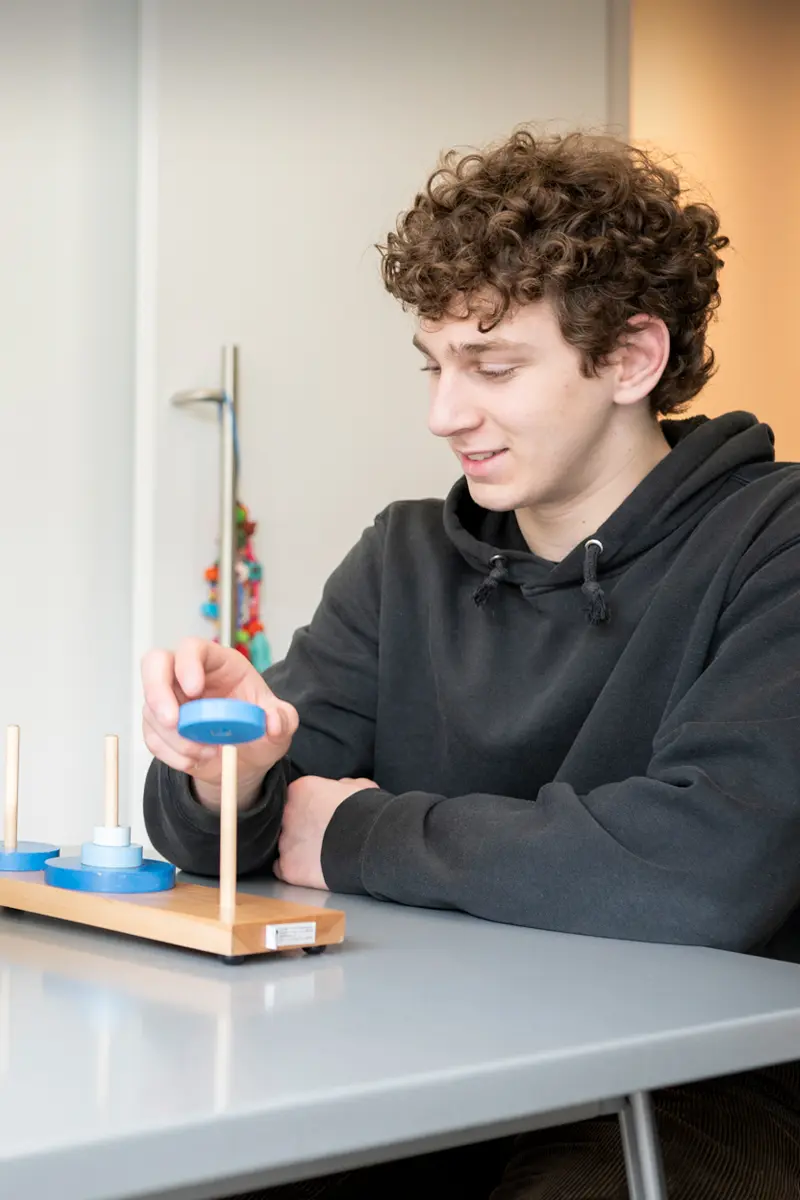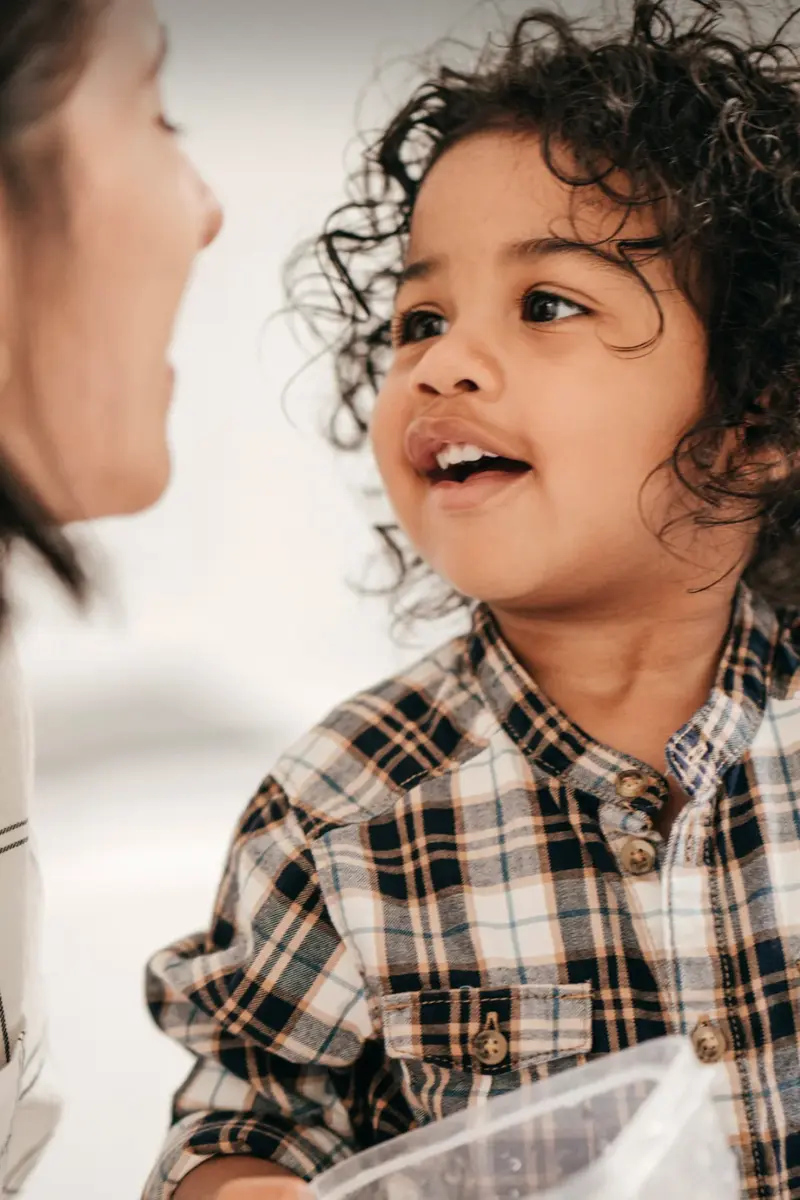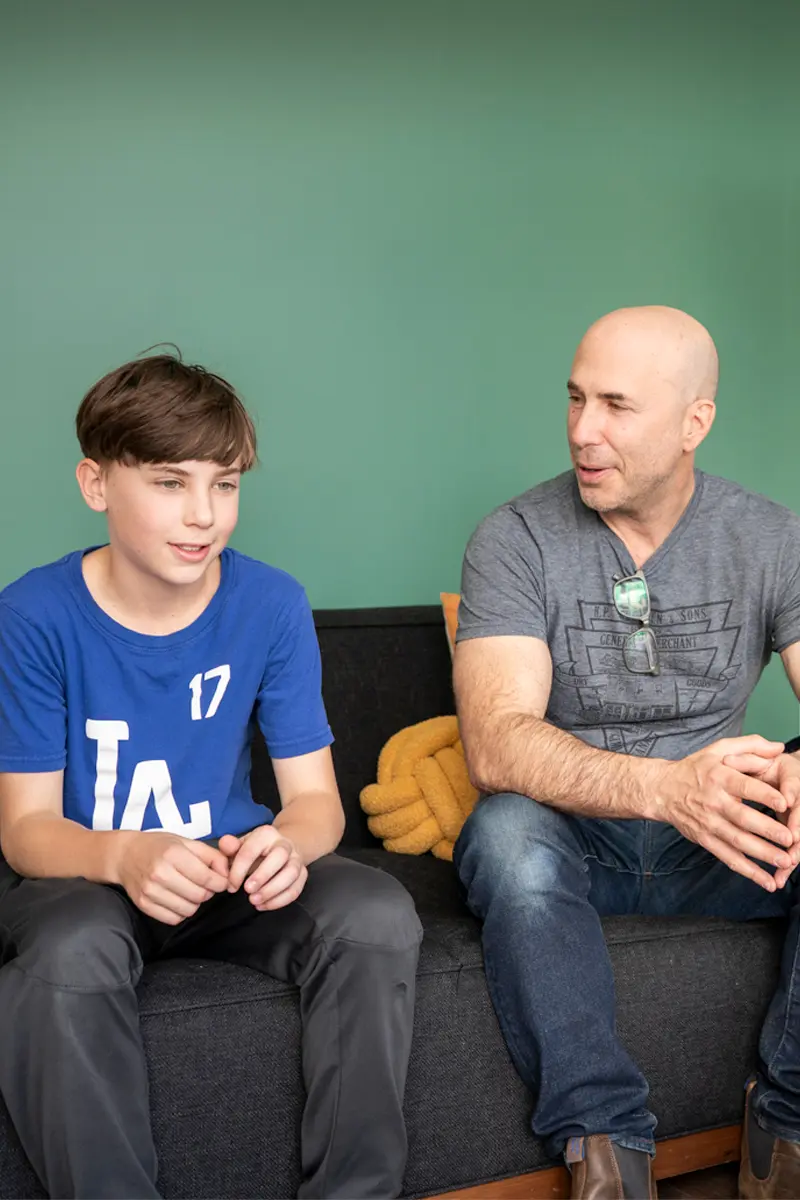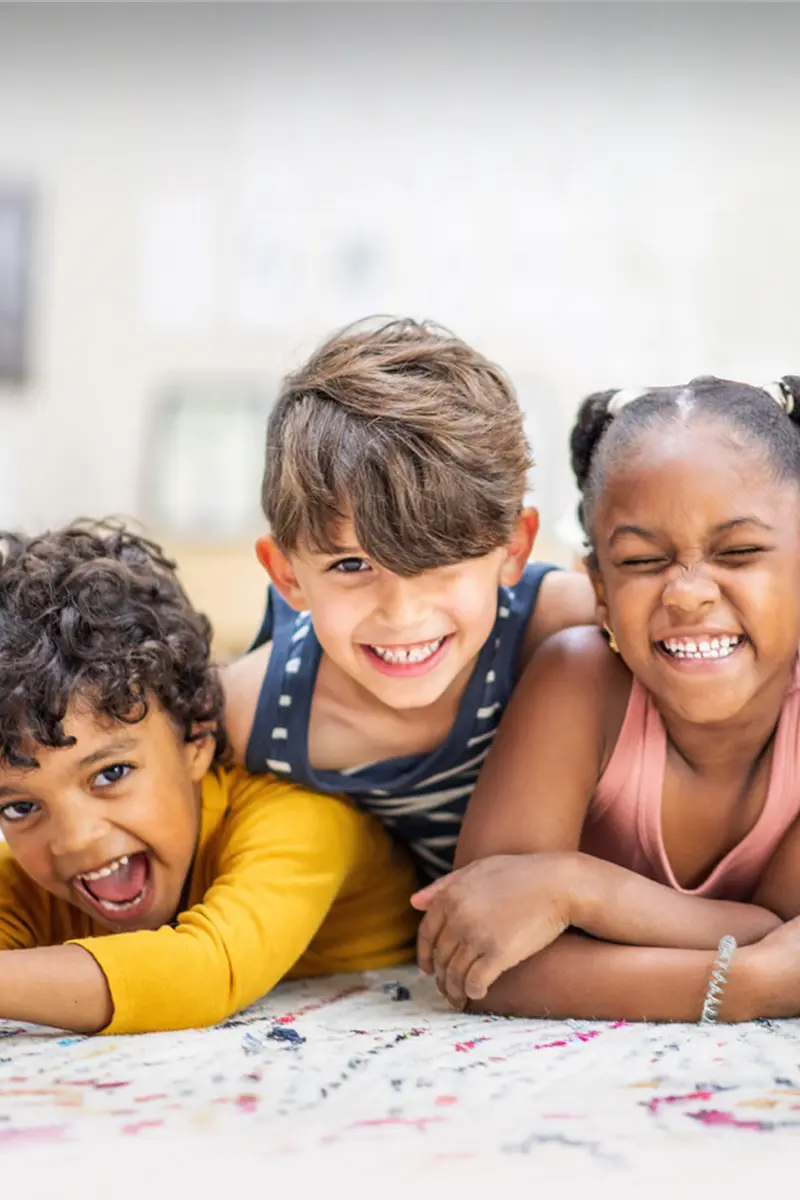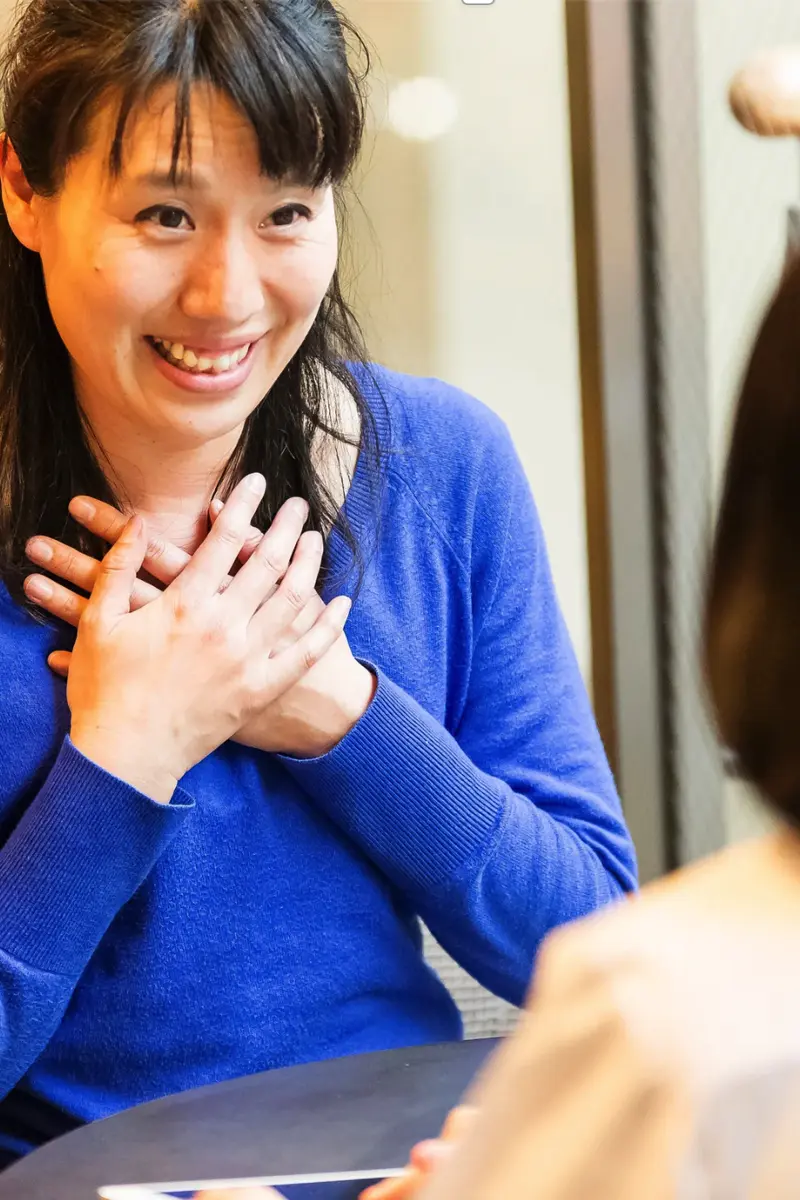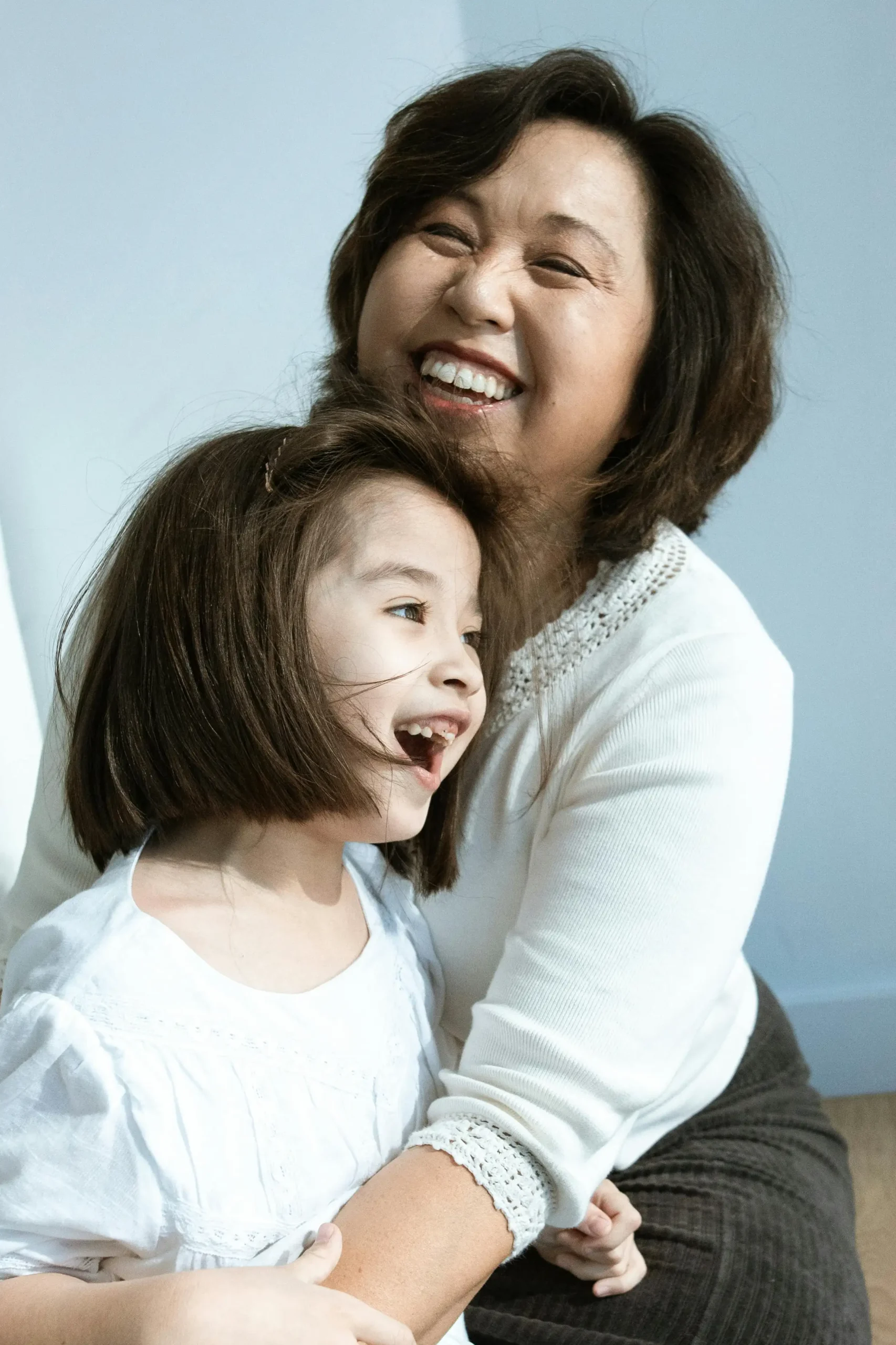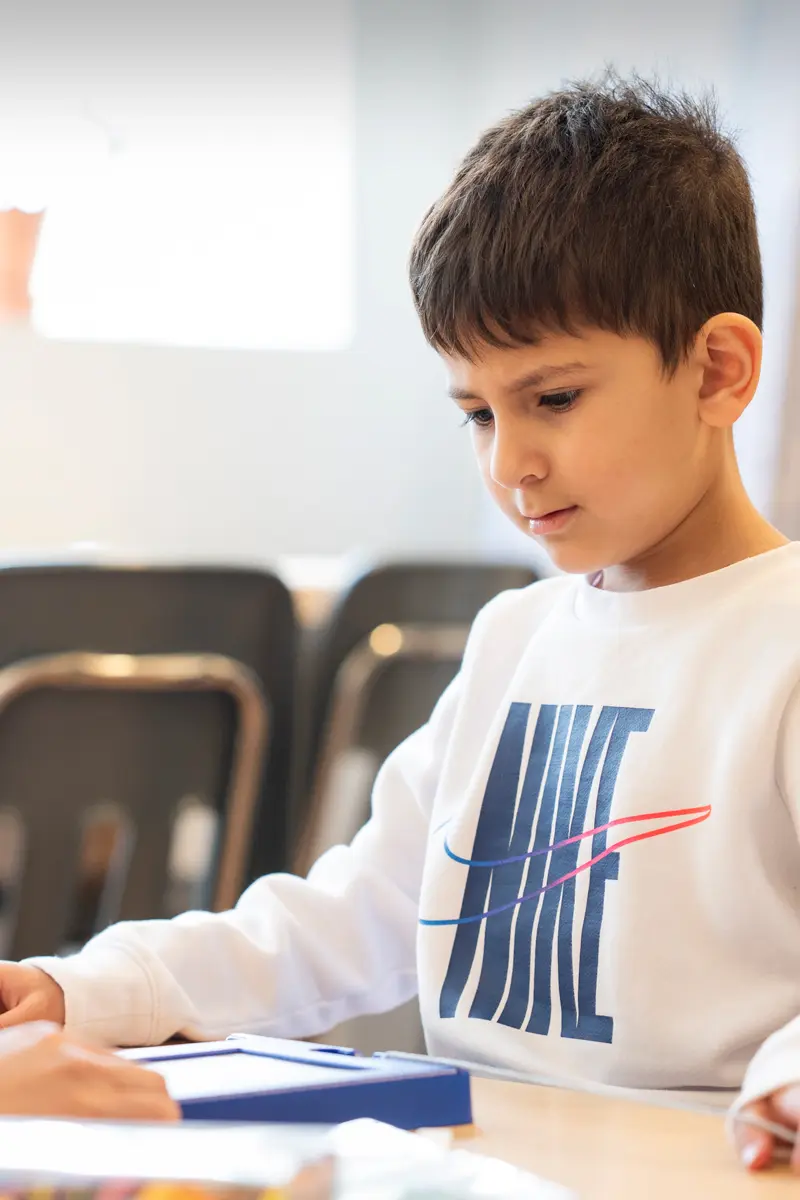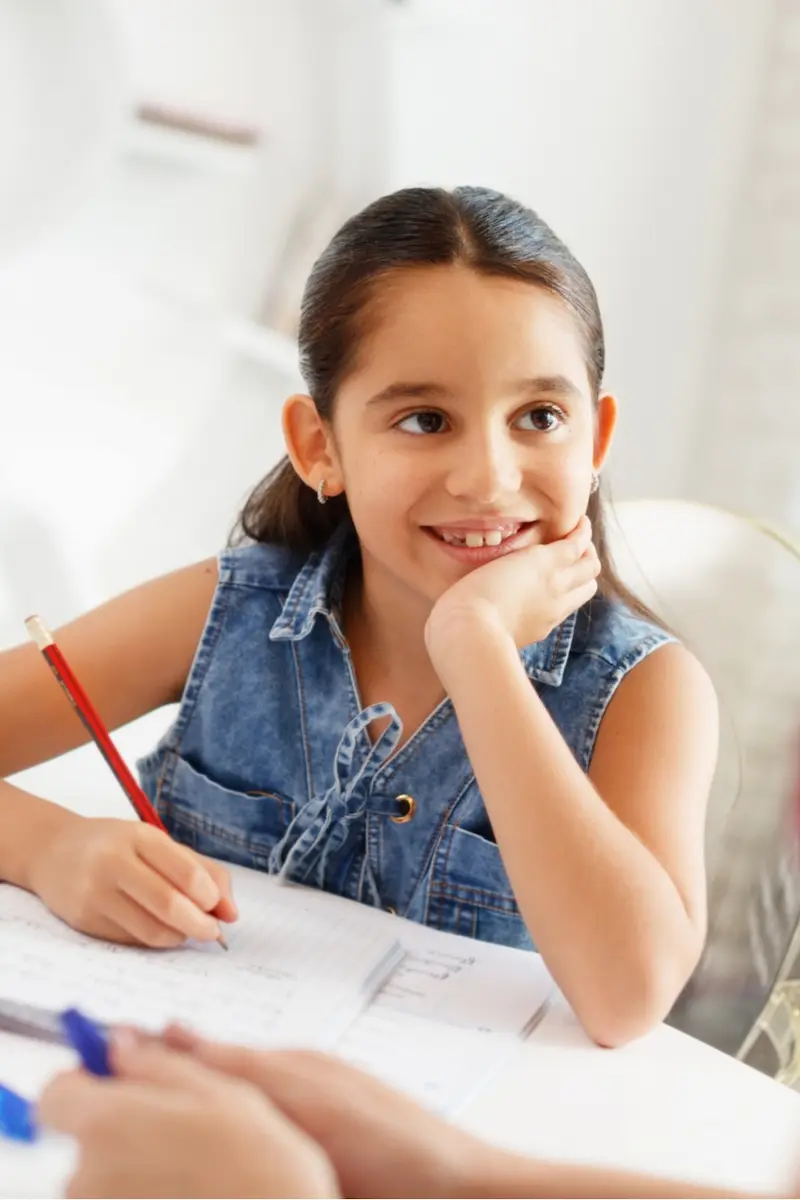There is no one-size-fits-all approach to supporting a child with ADHD. Strategies are most helpful when they’re personalized to a child’s strengths, challenges, and environment. Often, it takes time, trial and error, and support from professionals to determine what works best. Below are some strategies that families and children may find helpful.
Strategies for kids and teens with ADHD
- Validate and name big feelings (e.g., “You’re feeling really frustrated right now”)
- Use visual schedules or checklists to support routines
- Break tasks into smaller, manageable steps
- Use timers or alarms to support transitions and time awareness
- Incorporate movement or sensory breaks between activities
- Offer fidget tools or allow alternative seating (e.g., standing desk, wobble cushion)
- Create quiet, low-distraction workspaces when possible
- Practice deep breathing or grounding exercises to support emotional regulation
- Use positive self-talk and affirmations to build confidence
- Colour-code or visually organize materials
- Provide choices to build autonomy
- Link tasks to interests to support motivation
Strategies for parents of ADHDers
- Establish predictable routines and consistent structures
- Use clear, simple instructions—one step at a time
- Offer specific praise for effort and strategies, not just outcomes
- Build in downtime and recovery time to prevent overwhelm
- Use visual aids and external reminders (e.g., calendars, sticky notes)
- Stay calm and consistent during emotional moments
- Give warnings before transitions
- Partner with your child’s educators to share what works
- Prioritize connection before correction
- Reframe setbacks as learning opportunities
- Celebrate small successes
- Practice self-compassion—parenting an ADHDer can be tough!
